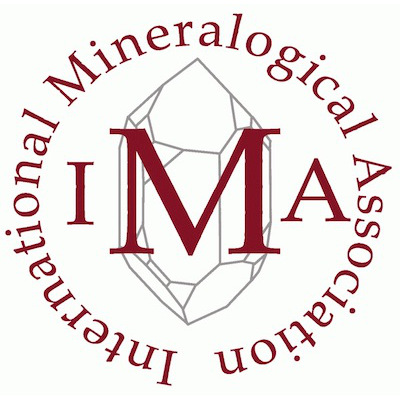“The object of the Association shall be to further international cooperation in the mineralogical sciences”
Mineralogy is one of the oldest branches of science. In classical terms it is the study of the formation, the properties and the uses of minerals. Minerals are the inorganic building blocks of rocks and are characterized by a particular chemical compositions and a defined crystal structure.
Historically, mineralogy was primarily descriptive and concentrated on material found in nature, but in modern terms mineralogy is best viewed as that branch of the Earth sciences that in methodology and outlook is closely related to materials science. Therefore, mineralogy can be seen as a link between the Earth sciences on the one hand and physics, chemistry and applied materials engineering on the other.
Mineralogy today plays a vital role in human welfare. Mineralogical methodology is necessary for finding, exploiting and recycling strategic and dwindling natural resources. Many minerals provide key templates for engineering new materials and improving industrial processes.
Mineralogy is a key player in finding solutions to problems of waste disposal and the remediation of pollution. Near Earth’s surface, minerals of the solid Earth interact with the atmosphere and the biosphere. These processes are crucial to our understanding of climate and global change. They are also crucial to human health.
In the deep Earth, mineralogy is fundamental to our knowledge of the chemistry, mode of formation and age of rocks, helping us to understand the geodynamics of our planet and its role in cycling chemical components between surface and interior. The behaviour of volcanoes, geothermal systems, and shale gas reservoirs all depend on their minerals.
The study of extraterrestrial materials gives us clues to the origin of the Solar System and the likelihood of life on other planets. Most people know the beautiful and valuable gem forms of minerals.
As stated in Article 2 of the IMA statutes, the objectives of the Association are to further international cooperation in the mineralogical sciences. At present societies and/or organizations from 38 countries have joined together to constitute the IMA.
One of its most important and also most difficult tasks is to oversee mineral nomenclature and classification. The IMA also stresses the importance of preserving mineral collections and making mineral descriptions and scientific data available in a systematic way.
- President: Anhuai Lu
- 1st Vice President: Hans-Peter Schertl
- Secretary: Sylvie Demouchy
- Treasurer: Travis Olds
- Communication Officer: Anton R. Chakhmouradian







